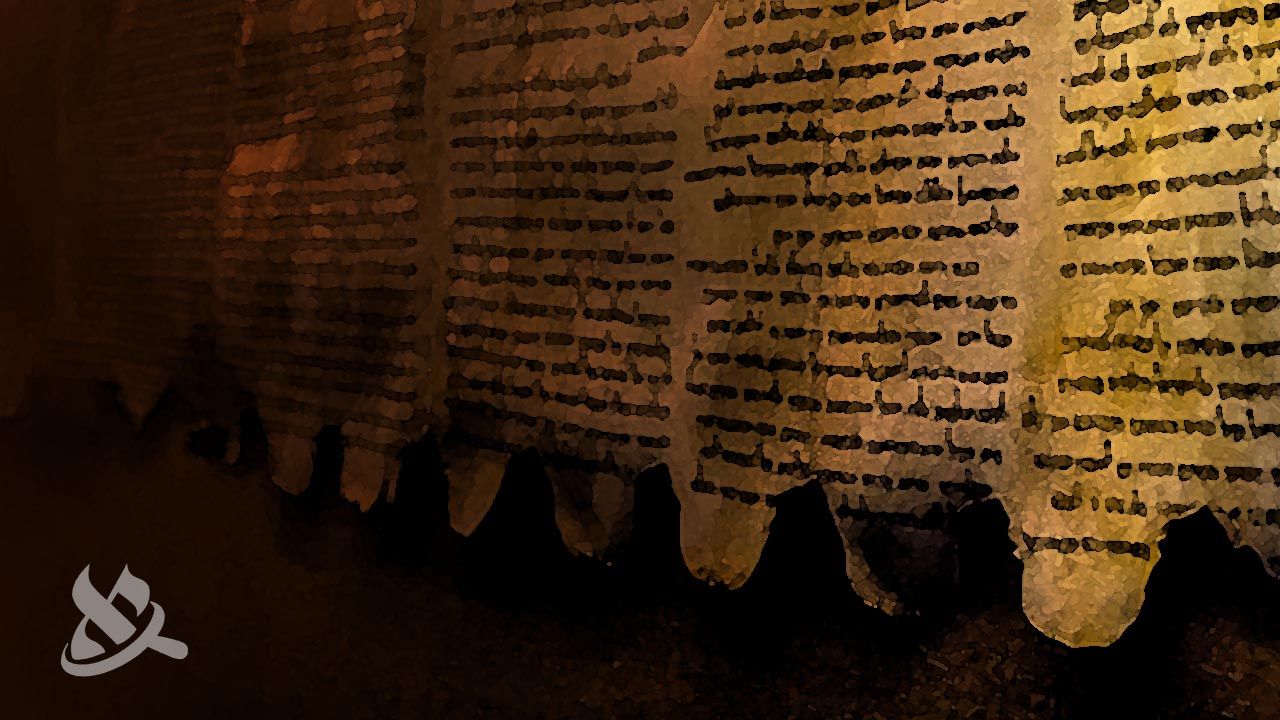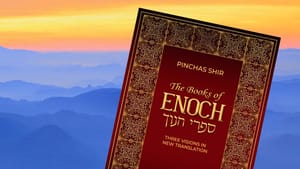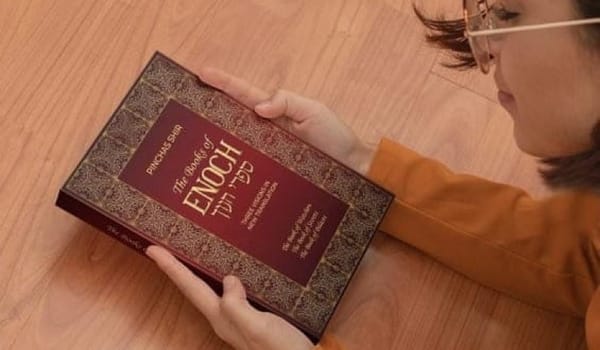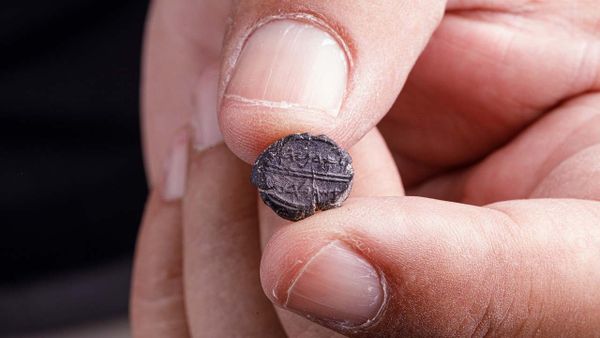Were Qumanites Essenes?
The famous Dead Sea Scrolls continue to interest many students of ancient Jewish life. One question the scholars of the Dead Sea Scrolls have not resolved is whether the Qumran community was indeed Essene. This was a common assumption during the early years of Dead Sea Scrolls research. The Qumran Jews were seen as Essenes, known to scholars from various historical sources. But today more and more scholars differentiate between the groups as Essenes and Qumranites. Qumranites or Qumran Jews is the community of that geographic location connected to the Scrolls, but Essenes are seen as a broader movement. Though there is much overlap, there are also substantial differences between them. Essenes seemed to have lived in places besides Qumran and even possibly outside of Israel.
Some scholars of the scrolls see Quman Jews through the prism of the apocalyptic beliefs that frequently surface in the scrolls. They find some similarities of Qumranite ideas with the beliefs and the organization of early followers of Jesus. But another group of researchers focuses on the devotion of Qumran Jews to Torah-based Halakhah (legal rules). The six partially surviving copies of 4QMMT outline a number of legal disputes, mostly about cultic purity between the Qumran group and presumably other groups within early Judaism. And then the Temple Scroll, the longest of all the Dead Sea Scrolls, features God’s address to Moses about the construction and operation of the sanctuary. That text is very much preoccupied with legal matters of all sorts.
An Israeli scholar Devorah Dimant, who devoted much of her career to Qumran studies, explains that what seemed clear in early analyses now seems more complicated. “Perhaps there were two Dead Sea Scroll groups, or one group with two aspects—one apocalyptic reflecting commonalities with later Christian groups and one more halakhic or legal, reflecting commonalities with contemporaneous Judaism.”
Qumran Jews used a 365-day solar calendar. Contemporary Judaism and many of the 1st-century movements such as the Pharisees, Zealots, and Sadducees used a lunar calendar of the Temple. Thus the Qumranites observed holy days on a different day than many other Jews of the Second Temple era. Curiously, the 365-day solar calendar also surfaces in 1 Enoch, which is not a Qumran text, but a book which was accepted broadly among many types of Jews. Thus many scholars doubt how deep of a rift there truly was between Qumran Jews and other religious movements in Israel.

Were Qumran Jews Celibate?
Another ongoing disagreement about the Dead Sea Scroll community who resided at Qumran is whether they were celibate. Did they marry and have children or not? Some suggest ascetic ideas of self-denial, others see the apocalyptic worldview as the main reason why some chose not to have families. After all, if the world is about to end, it is not the best time to start a family and bring children into the world.
Hershel Shanks of Biblical Archaeology Review explains, “According to the ancient Jewish historian Josephus and the Jewish philosopher Philo of Alexandria, the Essenes were indeed celibate (Josephus, Antiquities 18.21 and Jewish War 2.120–121; Philo, Hypothetica 11). The Roman philosopher and naturalist Pliny the Elder agrees and seems to locate an Essene community at Qumran. The question, of course, is whether the Qumran community was in fact Essene. The Essenes were a Jewish religious group, like the Pharisees and the Sadducees (and a number of other smaller ones).”

There are two documents from the Dead Sea Scrolls collection, namely the Damascus Document (CD) and the Rule of the Congregation (1QSa I) which mention women and children. The Damascus Document (or Zadokite Fragments) mentions multiple rules designed for a community consisting of families. That makes researchers believe the Qumranites were not celibate after all, or at least no all of them.
Years ago archeologists discovered some burials of women and children in a cemetery near Qumran. The bone evidence argued against the celibacy of the Qumran sect. But on further examination, it turned out that the remains belonged to a much later era, and they were not connected to Qumranites and the Dead Sea Scrolls community. So many questions about Qumran Jews remain unresolved and perhaps new discoveries will help unlock further understanding.











Member discussion